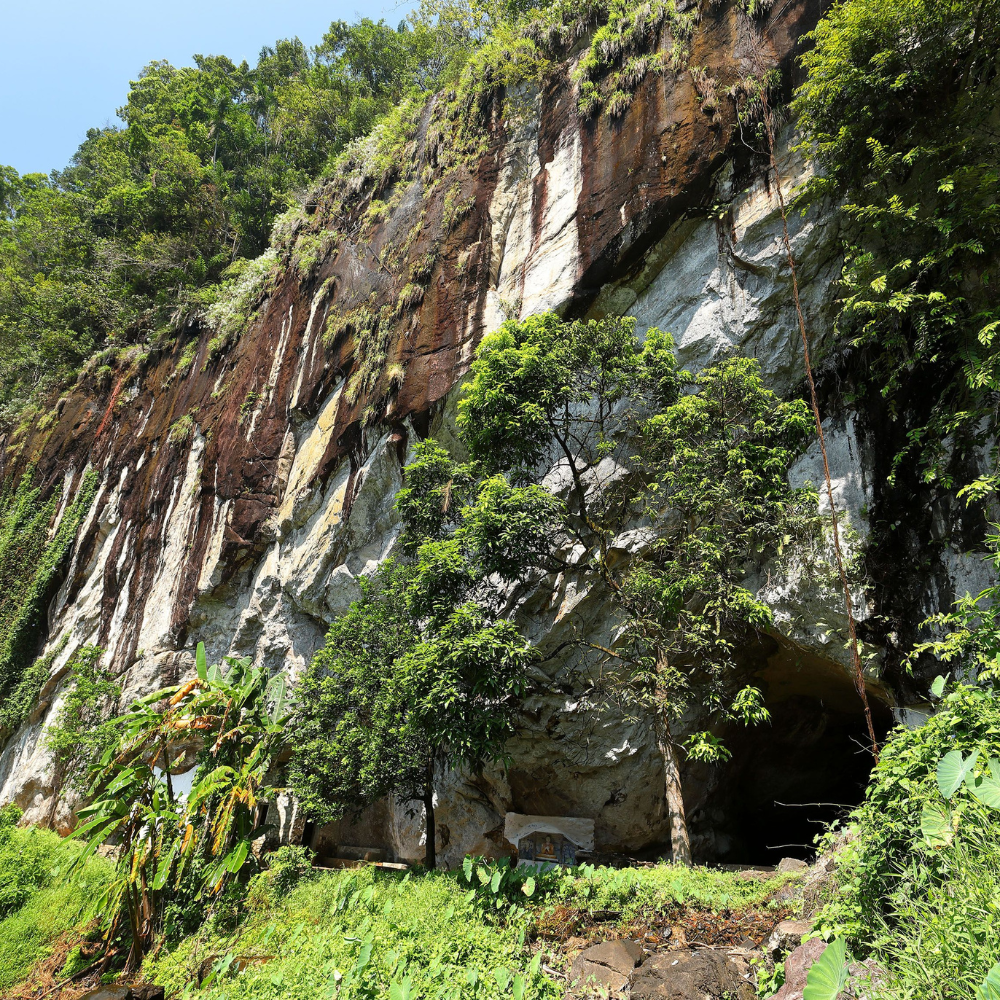
In a world where AI seems capable of almost anything, from writing to painting, it’s no surprise that even music falls within its domain of expertise. YouTube recently introduced a groundbreaking feature—Dream Track, an experimental tool that allows people to make short songs using AI-generated voices from famous artists.
Nine artists have already contributed their voices to the pioneering project: Alec Benjamin, Charlie Puth, Charli XCX, Demi Lovato, John Legend, Papoose, Sia, T-Pain, and Troye Sivan. Let’s take a closer look!
Availability and Development
Tailor-made for YouTube Shorts, the tool crafts individual songs lasting up to 30 seconds. According to a recent YouTube blog, Dream Track will only be available to selected creators for now.
The tool relies on Lyria, an A.I. music generation model developed by Google DeepMind. These songs will carry an embedded watermark that labels them as A.I.-generated, although it’s impossible for humans to hear this watermark, as mentioned in a Google DeepMind blog post.
Usage of the Tool
Creators start by simply outlining their desired sound and then choose one of the nine participating artists. The tool then generates a snippet of a new song, matching the specified parameters, using the AI-generated voice of the selected artist.

YouTube shared statements from the artists involved, expressing their support for the experiment. However, some people have warned of the potential impact of AI in the music industry…
The Debate About AI Content
A.I.-created music has sparked debate recently. Ghostwriter, a creator, crafted a song named “Heart on My Sleeve” with A.I.-generated vocals resembling Drake and the Weeknd. However, Universal Music Group, the artists’ label, pushed to remove the song from YouTube and other platforms due to copyright concerns after it gained viral attention.

BT, a musician and DJ, also raised concerns, stating that AI-generated vocals could go against an artist’s beliefs.
The Rules Regarding Dream Track
While YouTube has stated that this experiment is meant to bring artists, fans, and creators closer through tech, there are still rules in place for AI-based content on the platform. YouTube has made it mandatory for creators to label realistic A.I.-generated videos. They’ll also establish a process to remove deep fake videos upon request.
Meanwhile, the ethical and legal implications of AI content persist, and tech companies and users are learning together to navigate and figure out the final answer to this growing, and potentially dangerous puzzle.
Ancient Hominins of Sri Lanka: Who Was the Balangoda Man?

A group that was settled in various parts of Sri Lanka, The Balangoda Man, dates back to the Quaternary period. Archaeologists found their remains in Fe Hien Cave dating back some 38,000 years. Their skull was thick and their jaw was heavy, quite similar to a Neanderthal. In fact, they were around 67 inches tall and had a great set of teeth. From the gathered pieces of evidence, experts discovered that the Balangoda Man group was into some advanced activities.
Life of the Balangoda Man

Based on the evidence, archaeologists estimate that this group was settled in the caves near Balangoda town. During excavations, they found axes made out of elephant legs and daggers created with sambar antlers. In addition to that, there was proof of their hunting skills. Archaeologists also encountered pieces of evidence showing the regular use of stone tools to create bonfires. The tools they found date back to some 27,000 years from now. This eventually means that it might be the first time such advanced items were used by hominins.
Beliefs Based on Findings
Although most of the proof indicates how modernized the Balangoda men were, experts do have some strong and contradictory beliefs. According to them, there’s no doubt that this group had great hunting skills but they never learned how to cultivate actual crops. Even if they used to create fire very often, it was never to cook meat – they preferred to eat it raw.
Balangoda Man and the Veddas
The Balangoda man and the Veddas in Sri Lanka are linked with one another. Professionals found carbon remains of this group that were 6,500 years old, signifying that the hominin tribe kept spreading and occupying more areas. Looking at the similarity in the appearance between the Balangoda man and the Veddas, it’s evident that there’s some genetic link. The fact that Veddas also began from the caves and then moved to the local communities makes the claim stronger.